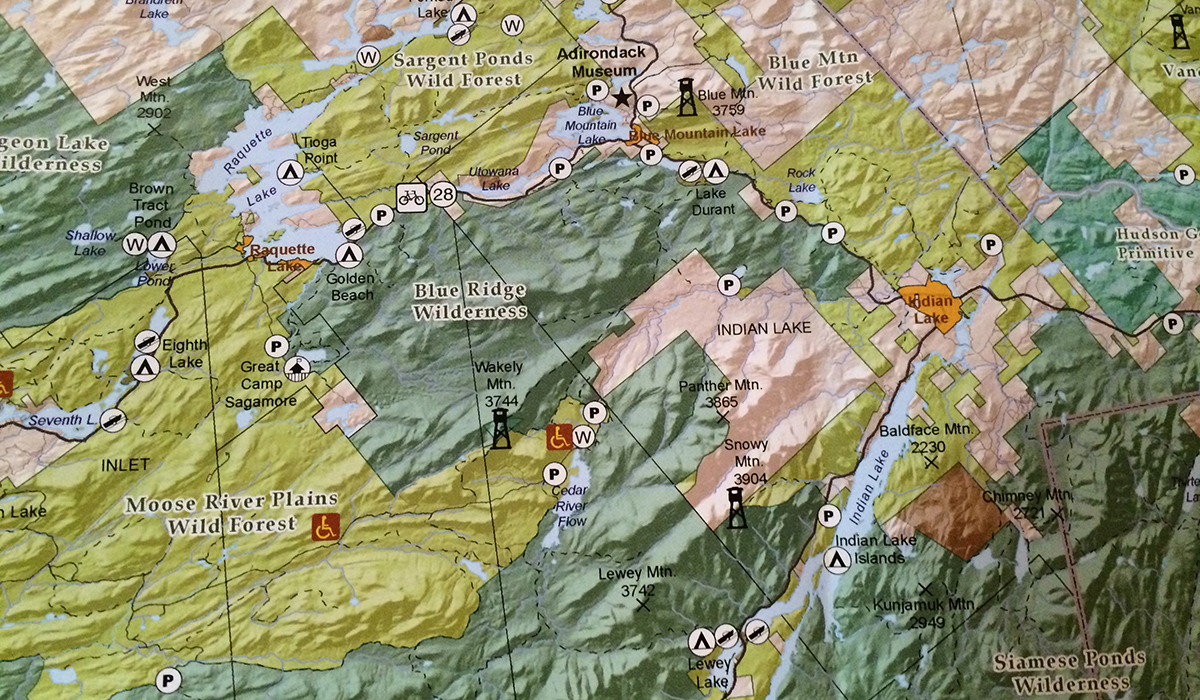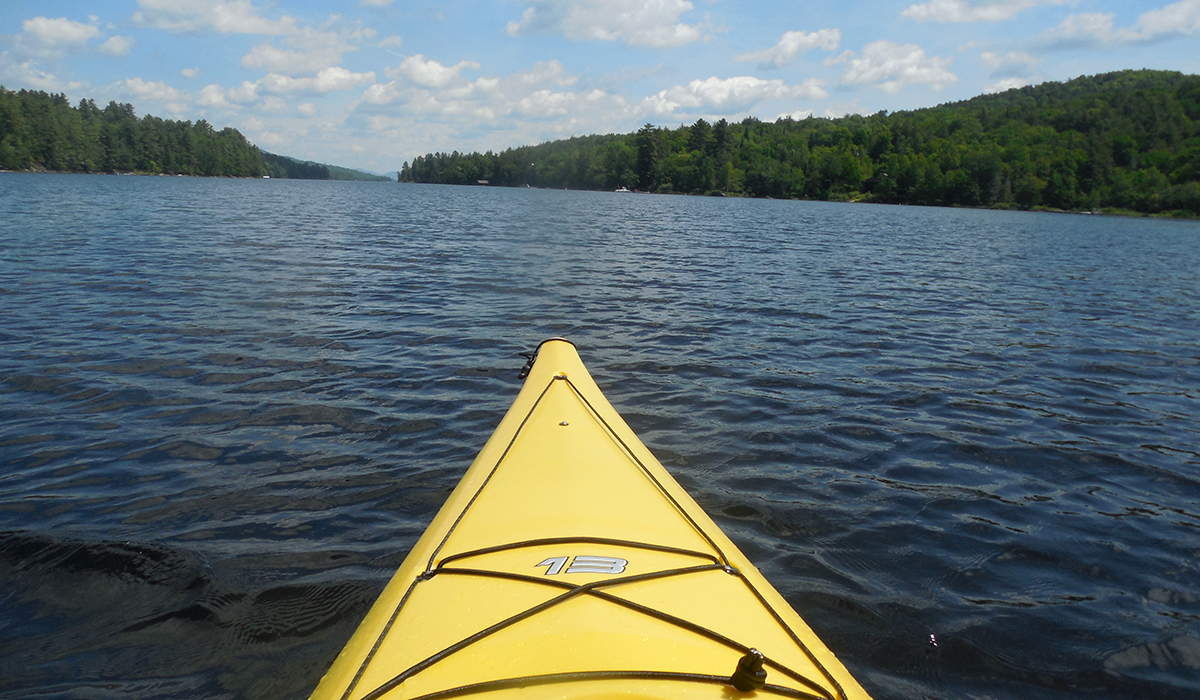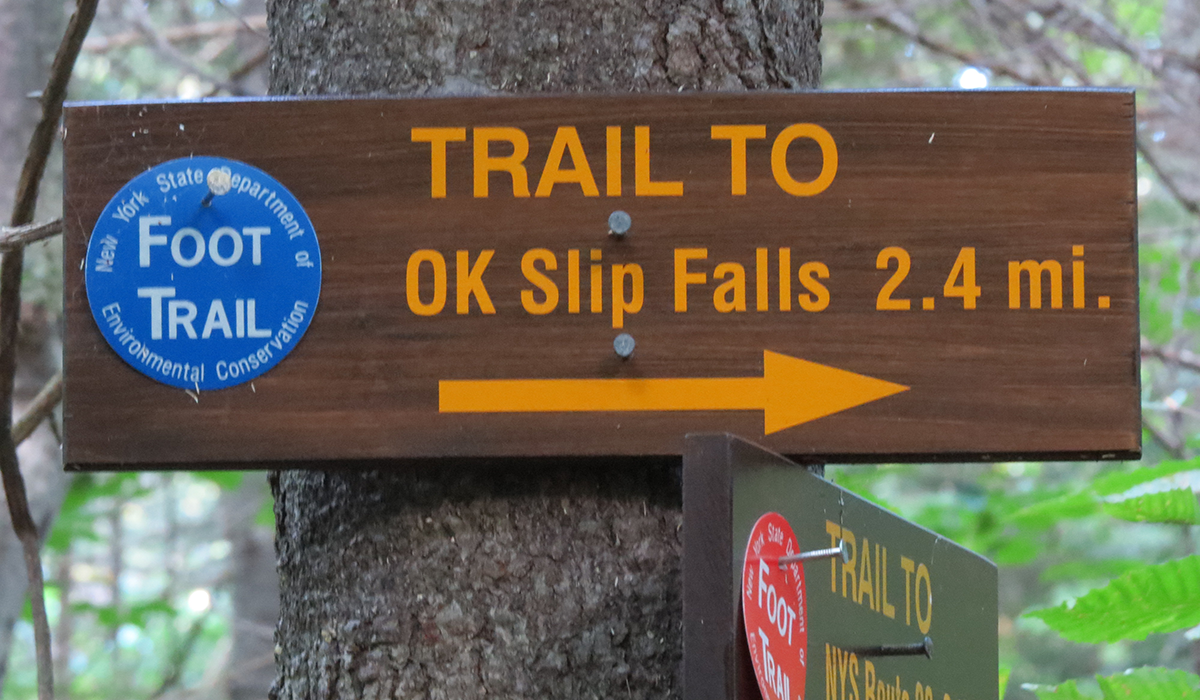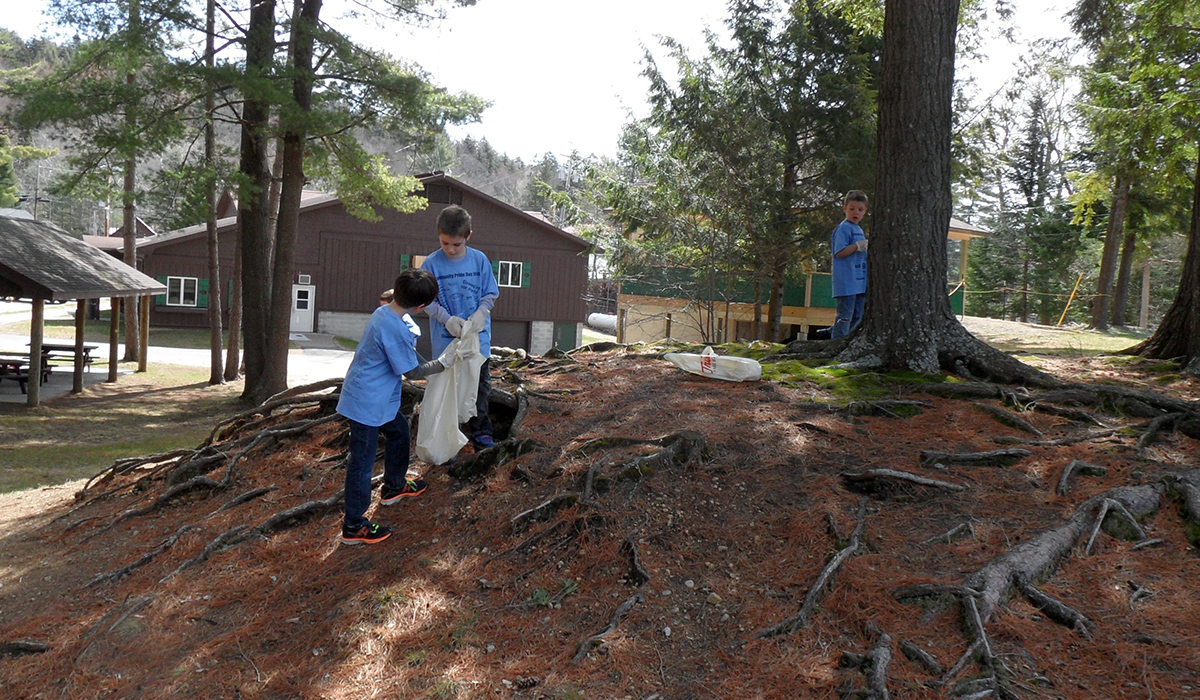Green before "green" was cool!
Long before the first Earth Day was recognized on April 22, 1970, the Adirondack Park was setting a national precedence for being a "green" location. Green may not have been the term of choice in 1885 when the Adirondack Forest Preserve was first created, or even seven years later in 1892 when the New York State Constitution adopted Article VII, Section 7, (later renumbered Article XIV) which established the Adirondack Park - but green it was!

So what does this mean exactly?
Well I could write a thesis paper on this topic, but the amount of resources used both in writing (and then reading) would completely go against the point I'm trying to make here. So in short, the Adirondack Park was created at a time in which a diverse and beautiful eco-system of valuable natural resources were being threatened by industrialization and massive logging efforts. The fear of devastation to the Adirondack Mountain Forests, which was also home to the headwaters of many of New York's major river systems, caused the New York State Legislature to protect all state-owned lands within the park by classifying them as "forever wild." The protected "forever wild" public lands within the park are woven together with private lands to make an unprecedented patchwork where people live, work and vacation. This unique makeup of land is a great place to learn about the inter-relationship between people and the earth, right where one of the first conservation efforts in the United States unfolded.
5 Low Impact Travel Tips:
As you plan for your upcoming summer vacation, you maybe trying to take into account the environmental impact that comes along with traveling. As you research different eco-friendly destinations and green accommodations, here are a few sustainable travel tips to take into consideration.
1. Transportation
It is great to be able to get out and explore the world with the quick and easy fashion of flying to your desired destination. Traveling by plane, however, boasts a larger ecological footprint than most means of travel. Try choosing a vacation that doesn't require you to fly.
Did you know that the Adirondacks are within a few hours drive from many of the northeast major metropolitan areas? Within half a day, you can arrive in the Adirondacks from New York City, Boston, Montreal, Albany, Syracuse, Buffalo... and the list goes on. Better yet, if you are traveling from a metropolitan area, the culture and beauty of Adirondacks will reward you with an experience that is so uniquely different, you will feel as though you have traveled across the globe.
2. CHOOSE LOW IMPACT ACTIVITIES

Once you arrive at your destination, build an itinerary of low impact activities. The Adirondacks boast a wide variety of activities that have a minimal impact on the environment. From paddling, hiking, and biking to camping and touring, if you follow a few simple principles (see following tips), your vacation activities can have a significantly lower environmental impact.
3. No Trace Left Behind
Whether you are out for an afternoon picnic, or on a multi-day camping excursion, it is important to follow the "no trace" policy. In other words: if you take it in, take it out when you leave. But this policy doesn't only apply to trash, it includes food waste as well. When you leave your backwoods adventure destination, make sure that it looks exactly the way it did when you arrived. Make sure that you didn't move logs or stones for seating, etc. If the visitor before you was not as environmentally conscience as you (it's rare, but it happens), make an impact - bring the trash out with you.
Side Note: One of the most commonly found waste items is disposable water bottles. From within the hamlets, to many of the area campsites, you will find clean drinking water. Plan ahead and bring along your reusable water bottles and use them for the duration of your trip.
4. Use Designated Trails & Campsites

Throughout the Adirondack Park you will find over 2,000 miles of hiking trails and endless camping options (from full-amenity campgrounds to primitive backcountry sites). When hiking on the trails, it may be tempting to wander off them. Not only will you risk losing the trail (and potentially getting lost), but over time walking off or alongside the trail can create what we refer to as "herd paths." Not only can they tarnish the look of pristine wilderness trails, but they can harm fragile plants that are growing trailside. If you are exploring an area that does not have a designated trail, first check the land classification to make sure that this is, in fact, an area that you can explore. Once on course, make sure to stay on durable surfaces such as rock, sand or gravel, and avoid stream banks and plants. The same goes for camping - when backcountry camping, look for either designated primitive campsites, or find durable ground where you will not affect vegetation. Note: all campsites must be at least 150 feet from a water body, road, or trail.
5. Go Local!

Wherever you may travel, encourage yourself to create an authentic local experience. Attend local events and find local entertainment. When you are searching out food and souvenirs, try to buy locally produced items from as nearby as possible. This is not only better for the environment, but you'll also be helping local businesses, artisans, and farmers within your travel destination.
Doing Our Part!

Every year, the communities throughout Hamilton Country come out in droves for the annual Community Pride Day. From school-aged children to returning seasonal visitors, everyone comes together to clean the roads & waterways, do trail maintenance, and to beautify the local parks. If you are looking for a cool volunteer-cation, check out the Community Pride Day scheduled each May... we can always use a set of extra hands. Either way, at the end of the day (and after a good hearty community BBQ) the Adirondacks will be ready to greet you for your next eco-minded excursion.






